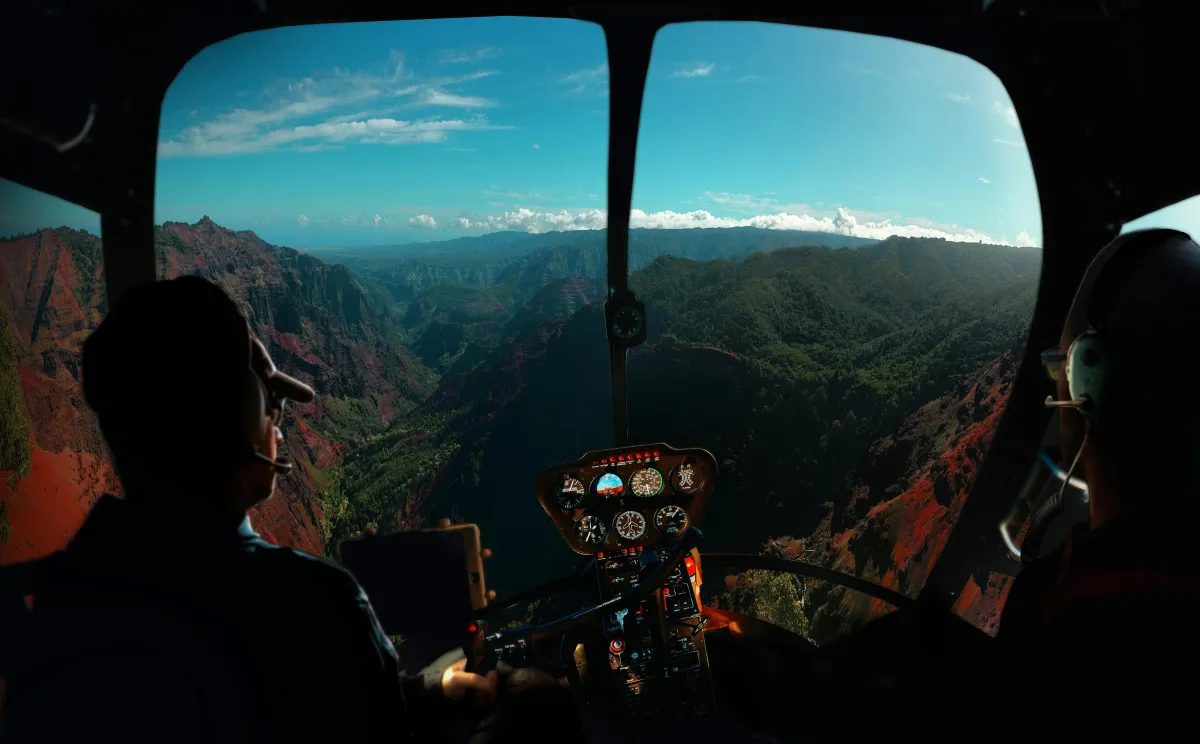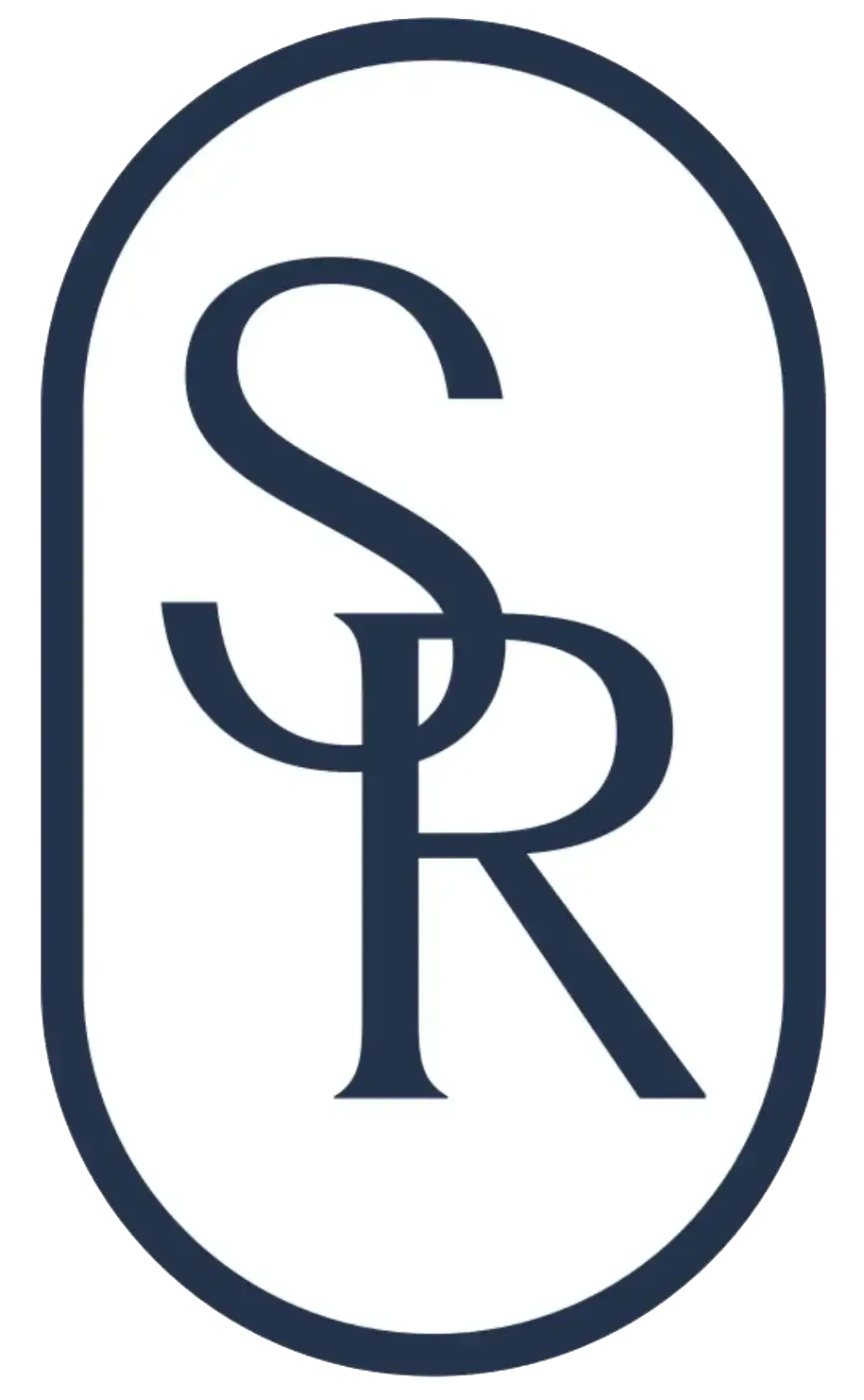Individual Therapy Blogs

Empower Your Flight: Effective CBT Techniques for Pilots
Effective CBT Techniques for Pilots: Managing Flight Anxiety and Enhancing Mental Performance
Aviation-Focused Strategies to Stay Calm, Focused, and Flight-Ready
Pilots face some of the most unique psychological challenges in any profession. The job demands unwavering focus, rapid decision-making, and the ability to stay composed even under immense stress. Add in irregular sleep schedules, fatigue, and responsibility for hundreds of lives—and it’s no wonder that mental health support is becoming a core pillar of aviation safety.
One of the most effective, evidence-based tools available is Cognitive Behavioral Therapy (CBT). Tailored for pilots, CBT techniques can significantly reduce flight anxiety, enhance in-flight performance, and improve overall well-being—without compromising FAA compliance or fitness-for-duty status.
What Are the Key CBT Techniques Used for Flight Anxiety Management?
CBT focuses on identifying and changing unhelpful thinking patterns and behaviors. For pilots, the most impactful CBT techniques include:
Cognitive restructuring to reframe irrational fears
Relaxation and controlled breathing to regulate physical stress responses
Exposure therapy to safely confront aviation-related fears
Mindfulness and grounding for real-time emotional regulation
Behavioral activation to reduce avoidance and build resilience
Each technique targets a different aspect of anxiety—from thought patterns to physiological symptoms to behavior.
How Does Cognitive Restructuring Help Pilots Overcome Flight Anxiety?
Cognitive restructuring teaches pilots to:
Identify automatic negative thoughts (e.g., “What if the engine fails?”)
Challenge irrational beliefs about safety and control
Replace fear-driven thinking with rational, aviation-informed interpretations
This technique is especially useful for pilots with anticipatory anxiety or recurring performance doubts before flights. It sharpens focus, reduces overthinking, and builds trust in training and systems.
What Role Do Relaxation and Breathing Exercises Play in Stress Reduction?
Controlled breathing activates the parasympathetic nervous system, helping pilots:
Regulate heart rate and blood pressure during turbulence or emergencies
Stay calm during checklist execution or communication with air traffic control
Counteract physical symptoms of anxiety (e.g., sweating, shaking, dizziness)
CBT uses diaphragmatic breathing, box breathing, and progressive muscle relaxation to develop emotional control without medication.
How Can Exposure Therapy Be Applied to Aviation-Related Fears?
Exposure therapy gradually reintroduces feared stimuli in a safe, controlled setting. For pilots, this might include:
Visualizing in-flight scenarios that trigger anxiety
Using flight simulators to rehearse emergency protocols
Practicing pre-flight routines with a therapist for stress inoculation
This reduces avoidance behavior and helps rewire the brain’s response to perceived threats, especially in cases of panic attacks, claustrophobia, or post-incident trauma.
How Can Pilots Use CBT to Improve Stress Management During Flights?
Pilots can apply CBT tools in-flight by:
Using cognitive reframing during abnormal situations (“This is unusual, not catastrophic.”)
Practicing brief breathing resets between radio calls or during cruise
Setting mental anchors or mantras for composure during descent or turbulence
Identifying thinking traps, such as catastrophizing or personalizing ATC delays
These techniques help maintain calm cognition under pressure, especially during multi-leg rotations, red-eyes, or heavy weather days.
Which Behavioral Strategies Support In-Flight Stress Control?
CBT encourages action, not just reflection. Behavioral strategies include:
Behavioral rehearsal of cockpit procedures
Sleep hygiene adjustments to improve rest before duty
Exposure hierarchies for gradually reintroducing challenging flight types
Journaling or mental debriefs post-flight to reinforce learning
These strategies improve both short-term functioning and long-term performance consistency.
How Do Mindfulness and Grounding Exercises Complement CBT for Pilots?
While CBT is structured and analytical, mindfulness adds real-time awareness. Grounding techniques—like noticing five physical sensations or repeating a “safe phrase”—help pilots stay:
Present during challenging moments
Connected to the cockpit environment
Less reactive to intrusive thoughts or fatigue-driven irritability
This balance improves emotional stability and crew coordination.
What Are the Best CBT-Based Mental Health Strategies Tailored for Pilots?
The most successful CBT plans for pilots incorporate:
Aviation-focused cognitive restructuring scripts
Simulation-based exposure protocols
In-flight breathing anchors
Structured CBT journaling to monitor distorted thinking
Performance visualization exercises for confidence before flights
Programs developed by aviation psychologists or providers with FAA/HIMS experience are especially effective.
How Does Individual CBT Therapy Support Pilot Well-Being?
One-on-one CBT allows for:
Deep exploration of personal stressors (e.g., perfectionism, fear of failure, post-incident stress)
Custom plans that work with flight schedules and AME guidelines
Private space to process anxiety, depression, or anger
Guidance from a licensed mental health professional trained in aviation psychology
Pilots often report increased confidence, better sleep, and improved decision-making after CBT therapy.
What Are the Advantages of Group CBT Workshops for Aviators?
Group CBT workshops:
Reduce isolation and normalize shared challenges
Offer peer accountability in skill-building
Improve communication and emotional intelligence, which boosts CRM (crew resource management)
Provide low-cost access to structured CBT education
These are ideal for airline wellness programs or training departments.
How Do Online CBT Courses Enhance Accessibility for Pilots?
Pilots often travel internationally and face irregular hours. Online CBT resources offer:
Self-paced modules
Video-based skill instruction
In-app reminders and tracking tools
Confidentiality and 24/7 access
Many platforms are FAA- and EASA-compliant and designed with aviation language in mind.
How Does CBT Contribute to Performance Enhancement for Pilots?
Beyond treating anxiety, CBT enhances:
Situational awareness
Prefrontal cortex activation for complex decision-making
Focus under fatigue
Confidence and self-efficacy
Pilots using CBT often experience fewer cognitive errors, better task management, and improved psychological readiness during flights.
How Can CBT Help Pilots Manage Fatigue and Maintain Alertness?
CBT tools combat cognitive fatigue by:
Promoting sleep hygiene and circadian rhythm stabilization
Teaching mental resets during long-haul or overnight shifts
Identifying and reducing mental rumination that disrupts rest
Using pre-sleep relaxation to improve rest quality between flights
Fatigue management improves reaction time, judgment, and mood regulation—all vital in the cockpit.
What Role Does CBT Play in Enhancing Pilot Confidence and Decision-Making?
CBT reduces fear-based hesitation, helping pilots:
Trust their training
Respond assertively in ambiguous situations
Silence inner doubt during emergencies or check rides
Decrease the emotional weight of past mistakes or incidents
This boosts self-trust, a critical factor in aviation safety and performance.
What Are Practical Steps for Pilots to Start Using CBT Techniques?
Self-assess anxiety levels and stress triggers using a flight-specific checklist
Practice daily CBT journaling or thought records
Try one breathing or grounding exercise per duty cycle
Use visualization before a flight to rehearse calm responses
Schedule a consultation with a CBT-trained aviation psychologist
How Can Pilots Self-Assess Their Mental Health and Flight Anxiety?
Common signs that CBT may help include:
Persistent fear or dread before flying
Physical symptoms like nausea, tension, or chest tightness
Trouble sleeping before flights
Excessive worry or rumination about errors
Difficulty concentrating or mood swings in-flight
Self-assessment tools and confidential screenings are available through EAPs or CBT mobile apps.
What Are Recommended Daily CBT Exercises for Pilots?
Thought log: 3 negative thoughts, their triggers, and rational alternatives
5-5-5 breathing: Inhale for 5 seconds, hold 5, exhale 5
Grounding check: Name 5 things you can see/hear/touch before takeoff
Cognitive script: “This is uncomfortable, not dangerous. I am trained and capable.”
Micro-journaling: 2-minute post-flight CBT reflection
When Should Pilots Seek Professional CBT Support?
Consider therapy when:
Symptoms persist more than 2 weeks
There’s a history of panic, depression, or trauma
Sleep or focus is compromised regularly
You feel reluctant or fearful about flying
You’ve experienced a flight-related incident or near miss
Licensed aviation psychologists can offer CBT tailored to FAA requirements, ensuring confidentiality and compliance.
How Do Aviation-Specific Factors Influence CBT Approaches?
Pilots face unique stressors:
Responsibility for lives and aircraft
Fear of losing medical certification
Irregular sleep, exposure to pressure and radiation
Exposure to trauma (e.g., severe turbulence, bird strikes, emergency landings)
CBT for pilots must account for these through simulation, AME-informed therapy, and aviation-aware language.
How Do Licensed Aviation Psychologists Tailor CBT for Pilot Needs?
Use aviation language and procedures to build context
Focus on performance optimization as much as symptom relief
Design treatment plans that minimize impact on duty or license
Address reporting concerns, confidentiality, and FAA guidelines
These professionals ensure mental health care feels relevant—not risky.
What Tools and Resources Support CBT Practice for Pilots?
Apps like Sanvello, Moodnotes, or FlightBridge
CBT workbooks for high performers
Airline-provided EAPs and mental fitness programs
FAA/HIMS-compliant providers and directories
Professional organizations like ALPA and AOPA mental health toolkits
How Do Airlines Integrate CBT Training Into Pilot Wellness Programs?
Forward-thinking airlines are now offering:
CBT-based stress management modules in simulator training
Access to confidential therapy through EAPs
Peer support teams trained in CBT basics
Online learning portals with CBT content
Airline-specific CBT coaching for first officers and captains
This cultural shift reduces stigma and enhances aviation safety at scale.
Conclusion: Fly Clear—Inside and Out
CBT offers pilots a structured, science-backed way to manage anxiety, improve decision-making, and stay flight-ready. Whether you’re a student pilot facing performance nerves or a seasoned captain managing long-haul fatigue, CBT techniques can help you fly with clarity, confidence, and control.
Pilots are trained to trust checklists. Let CBT become one for your mental health.

Stephen Rought, LCSW
Proudly Accepting
Aetna and Medicare Insurance


Disclaimer
Stephen Rought, LCSW does not guarantee any specific outcome. All content provided on the Stephen Rought, LCSW website is provided for educational or informational purposes only. Consult medical professionals you are working with about whether any opinions or recommendations provided through this website apply to you and your unique circumstances
Currently, all online therapy sessions are conducted using the HIPPA compliant Telehealth service doxy.me
SErvices
Individual Therapy
Parent Coaching
Financial Therapy
Couples Counseling
Family Therapy
